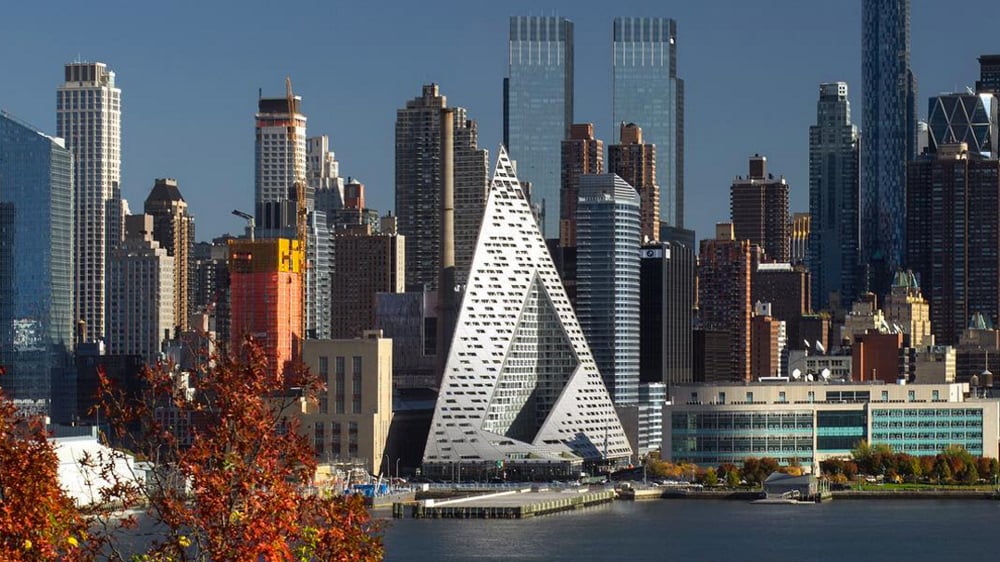Window tinting has evolved from a mere accessory to an essential feature for automobiles, homes, and commercial buildings. Beyond just enhancing aesthetics, modern switchable glass film offers a plethora of benefits ranging from UV protection to increased privacy. This article delves into the intricacies of window tinting, exploring its various applications, advantages, and the considerations one should bear in mind when opting for this versatile solution.
Understanding Window Tinting:
Window tinting involves applying a thin film to the interior or exterior surface of glass windows. This film is composed of multiple layers, each serving a specific purpose. Typically made from polyester, the film is treated with dyes, metals, or ceramics to achieve desired properties such as heat rejection, glare reduction, and privacy enhancement.
Applications of Window Tinting:
- Automobiles: In the automotive industry, window tinting is a popular aftermarket addition sought for various reasons. Apart from lending a sleek, sophisticated appearance to vehicles, tinted windows offer protection against harmful UV rays, reduce glare, and help maintain a comfortable interior temperature.
- Residential Buildings: Window tinting in homes is not only a means of augmenting privacy but also serves as a cost-effective solution for energy efficiency. By blocking out a significant portion of solar heat, tinted windows contribute to lower cooling costs during hot summers while also protecting furniture and flooring from sun damage.
- Commercial Properties: Businesses often opt for window tinting to enhance security, privacy, and energy efficiency. Tinted windows can prevent outsiders from peering into sensitive areas, maintain a comfortable indoor environment for employees, and reduce the strain on HVAC systems, leading to potential cost savings.
Benefits of Window Tinting:
- UV Protection: Window tinting films are designed to block a substantial amount of UV radiation, thereby safeguarding occupants from the harmful effects of prolonged sun exposure, such as skin cancer and premature aging.
- Heat Rejection: By reflecting a portion of solar heat, window tinting helps regulate interior temperatures, reducing the reliance on air conditioning systems and promoting energy conservation.
- Glare Reduction: Glare from sunlight or artificial sources can be a nuisance, especially while driving or working. Tinted windows mitigate glare, improving visibility and enhancing comfort.
- Enhanced Privacy: Tinted windows afford occupants greater privacy by limiting the visibility of interiors from the outside, deterring prying eyes and potential intruders.
- Preservation of Interiors: Prolonged exposure to sunlight can cause fading and deterioration of upholstery, furniture, and flooring. Window tinting acts as a barrier against UV rays, preserving the integrity and longevity of interior furnishings.
Considerations Before Tinting:
Before proceeding with window tinting, it is essential to consider certain factors:
- Legal Regulations: Different jurisdictions have specific regulations regarding the darkness of window tinting on vehicles. Ensure compliance with local laws to avoid penalties.
- Quality of Film: Invest in high-quality tinting films that offer durability, optical clarity, and comprehensive UV protection.
- Professional Installation: While DIY kits are available, it is advisable to enlist the services of trained professionals for precise installation and optimal results.
- Warranty and Maintenance: Inquire about warranties provided by tinting manufacturers and understand the maintenance requirements to prolong the lifespan of tinted windows.
Conclusion:
Window tinting transcends its role as a mere aesthetic enhancement, offering a myriad of practical benefits for automobiles, homes, and commercial properties. From UV protection to energy efficiency and privacy enhancement, the advantages of window tinting are diverse and compelling. By understanding the applications, benefits, and considerations associated with window tinting, individuals can make informed decisions to enhance comfort, style, and protection in their living and working spaces.




